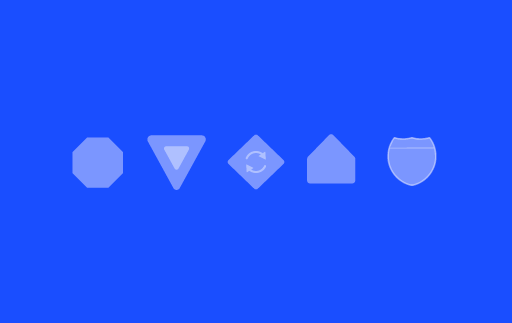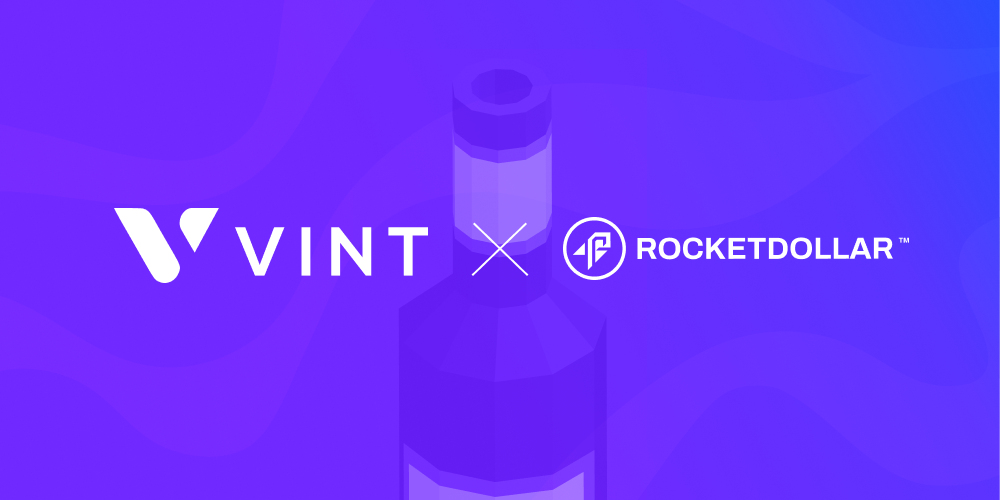How to Maximize Your Retirement Savings with a Self-Directed Solo 401(k)
If you’re self-employed, you understand both the freedom and responsibility that come with running your own business. You may also be eligible to...
Retirement can be expensive. Few people have the luxuries of pensions from work anymore.
So that means the investments you make in your retirement accounts are coming out of your pocket. When you're younger, that investment may grow very slowly. That's why it's important to stay on top of your wealth management to make sure your financial future is safe.
Why isn’t your retirement plan growing? Let’s take a look at some of the most common reasons.
If you want your retirement plan to grow, you’ve got to make regular contributions. If you don't, you’re sure to have some retirement investment issues.
It’s not always easy, but setting aside a portion of your income every pay period can help you establish a routine. Consider putting any tax refund or year-end bonus directly in a retirement account rather than spending it.
If your employer offers a 401(k) plan or another retirement vehicle, max it out. If that’s not possible, then at least make a large enough contribution to take advantage of any employer sponsored retirement plan match or any other benefit plans matching they may offer.
Let’s face it. The interest rates for traditional savings plans are just plain awful. The best high-yield savings accounts don’t even return 1%. Search online for the best IRA CD rates and you’ll be lucky to find one anywhere in the country that gets you close to 1.5%. Even that may require you to lock in your rates for up to seven years.
With low returns, your investments don’t keep up with inflation. The current annual inflation rate in the U.S. as of February 2022 is 7.5%. That’s a seven-year high. If you’re earning less than that, you’re losing ground.
Keep a finger on the pulse of the interest rates so you know how your individual retirement account is performing. That way you know how aggressive to be with your contribution.
With many investment options, you have limited control over where your money is invested. There may be restrictions put in place by employers or financial institutions on what opportunities are available.
You may want to consider a self-directed IRA as an option. While providing the same tax benefit as a traditional IRA, you can choose which type of investments you want to make within your IRA that go beyond stocks, bonds, a mutual fund, or cash.
Not all retirement accounts are created equal. In some cases, you can pay significantly higher fees even if you’re not seeing higher returns.
For example, an actively managed mutual fund may charge both an upfront fee when you buy in and a maintenance fee each year. This pays for the people picking the stocks and bonds that go into the funds, along with any administrative costs.
You’ll want to check the fee disclosure statements carefully before making any investment in your retirement account.
There’s a direct correlation between risk and reward. If you’re seeking higher returns for your investment, you will also likely need to increase your risk. While this is a personal decision, most people tend to be a bit conservative when it comes to investing their money.
We understand. Nobody wants to lose money. At the same time, however, you want to maximize your saving potential.
As a general rule of thumb, people tend to invest in options that give them the possibility of higher returns. Then, they shift to more conservative options as they reach retirement age to protect their savings.
With such poor returns on their retirement account, many people have turned to alternative investments to diversify their portfolios.
What are alternative assets? An alternative asset is an investment in anything that is not cash, stocks, or bonds. Types of alternative investments include:
Alternative investments provide a greater opportunity for diversification, which can lower your overall risk profile and provide the potential for greater returns.
When people hear of alternative investments, they often think of higher risk. While it’s always important that you are comfortable with risk vs. reward, not all alternative investments are high risk.
For example, real estate is generally considered one of the safest options and one of the best long-term strategies for growth. Adding real estate to your self-directed IRA can help diversify your holdings.
There’s a limit in how much you can contribute annually to an IRA account. For 2022, the Internal Revenue Service (IRS) has a contribution limit for both traditional and Roth IRAs of $6,000. Those over 50 can make “catch up” contributions of an additional $1,000.
If you’re a self-employed individual, you may not have the option of a company retirement saving account like a 401(k) plan, which would allow for greater contributions. However, you can open a self-directed Solo 401(k) to build your retirement.
If you qualify for a Solo 401(k), you can invest in any asset allowed by the IRS and may be eligible to contribute up to $57,000 a year (or more if you’re over 50).
FYI: A solo 401(k) also allows you to borrow up to $50k from your account and pay yourself back over time.
According to research, nearly half of U.S. households are at risk of not having a big enough retirement savings to maintain the quality of life they want. As people now live longer and have access to better health care, you may need more money saved for retirement than you planned.
If your retirement savings isn't growing as fast as you’d like, the reasons above may be why. You may want to take a look at ways to increase your contributions, change your investment options, or look at other ways of investing.
To learn more about alternative investments for retirement, self-directed IRAs, or self-directed Solo 401(k) options, reach out to us.

If you’re self-employed, you understand both the freedom and responsibility that come with running your own business. You may also be eligible to...

In today’s investing landscape, many individuals are asking the question: What are the benefits of investing in alternative assets? As traditional...

Alternative asset investment is no longer reserved for hedge funds and institutional players. Thanks to platforms like Rocket Dollar, everyday...

Outside of a few tech darlings, investment growth opportunities in the public equity markets are scant. The only way to truly achieve solid returns...

As you look ahead to your senior years, making sure your retirement account is well set up is necessary if you intend to live your golden years with...

Wine and Spirits can be an investable asset class in your retirement account, but not as physical assets. As a securitized, intangible asset, much...